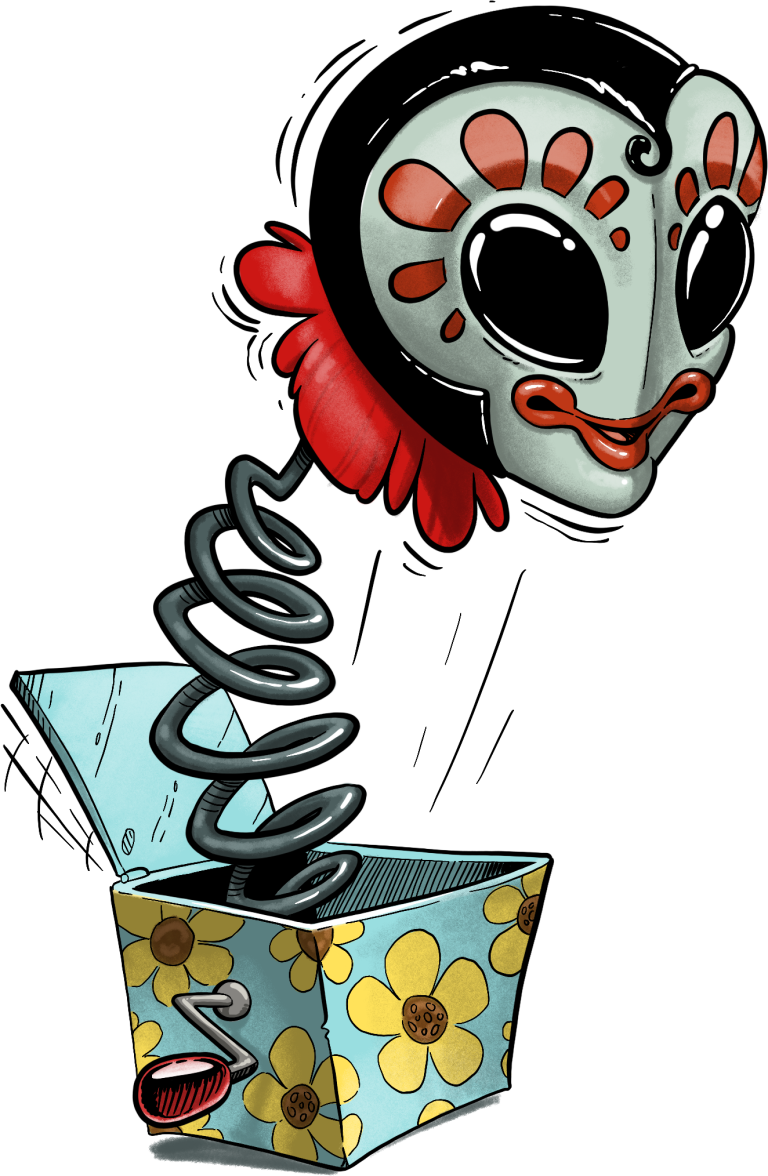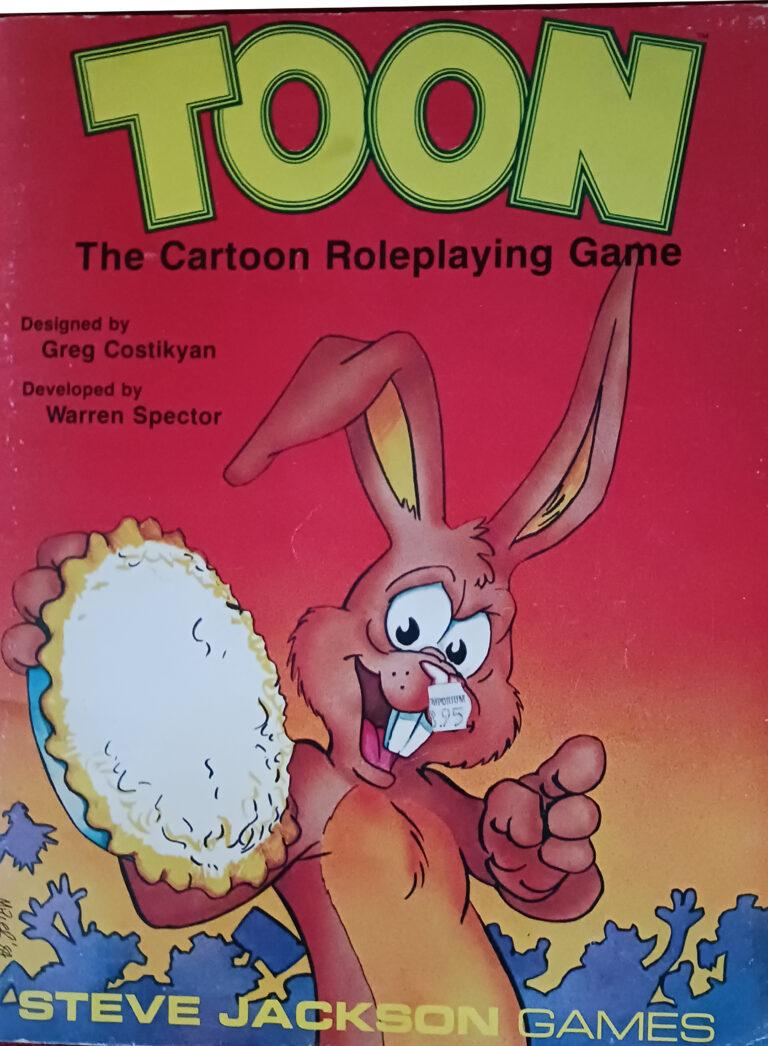Pacing: the art (or science) managing story beats to keep the fun flowing throughout the session. Timing involves the art of determining how long a planned game will take, or alternately managing the game to roughly end after a certain time period.
I’ve played a lot of RPGs, but in all those years, learning pacing has taken the longest to learn, and I am still learning. Pacing can be said to represent the way the story flows regarding the highs and lows. If your game is filled with a lot of lows (unexciting parts), your players will come away with a negative experience. But it also includes measuring the time that each game session takes. In that case it involves trying to make sure a “one-shot” fits the prescribed time period. For the purpose of this discussion a “one-shot” is an adventure designed to complete in a single session while campaigns are multi-session stories which often involve a continuing story arc.
Many newer Game Masters think that One-Shots are easier to run than a long term campaign. This is usually not true. In the case of a long term campaign, yes – you will eventually need to write and prepare more, but since you only need to prepare a session ahead of the game it’s not much work. However in a one-shot you have a specified amount of time for the story to open, unfold and wrap up, and getting that to finish around the prescribed time can be difficult.
Let’s deal with making sure that too much time doesn’t pass without exciting “beats”. One way to avoid this is having encounters prepared which aren’t tied directly to other events. In this way you can have an NPC act on the storyline when you feel the players are getting bored. It’s always more valuable to have the NPCs act on the player characters rather than wait for the PCs to stumble on the action.
At other times as the game session ticks away, you’ll find that you need to move the plot along while avoiding long encounters. If you have an encounter designed which includes something the party needs, you should have an alternate way of getting this item or information. So instead of defeating a troops of guards to get an item necessary for the final resolution, you could have an alternate plan which involves an NPC aiding the party by giving them the item outright.
That thought brings us to the idea of making sure your session ends on schedule, either because you are limited in time in a one-shot or because you want to get to a story beat in a long-form campaign arc. The first thing to realize is that you may need to cut some encounters in order to make the session end in time. But knowing this means you can choose where in the story you cut encounters. In most adventures you don’t want to cut the ending, either because it involves an epic “boss fight” or because it wraps up a great mystery. However you will run into that problem if you just run the game full bore without keeping track of time, only realizing at the end that you’ve run out of time. To avoid this, before the game starts, make an educated guess at how long the final encounter will take. In the case of a big bad boss fight you might assume 45 minutes will be needed for the fight to warp up. Just subtract that time from the total time you have for your session. So in the case of our example you might note that an hour and 15 minutes before the session end time, if you’re not close to the boss fight, eliminate an upcoming encounter and retain only what’s necessary, shortening the time it takes. If you can’t eliminate an encounter completely, you may need to narrate through it, describing the heroes’ fight against some low level villains (which they will certainly win) rather than taking the time to roll every melee strike. You can ask players to fill in details so that you retain the idea of creating a story all together.
Ultimately remember that you and your players are creating a great story in the time given and your job as a GM is to facilitate that process given the time constraints you’ve all agreed to. Using flexibility in the story structure is a tool you have to make this process a success and that is more important that any specific rule detail in a book.





1 thought on “Pacing and Timing: One Shots Versus Long Form”
Comments are closed.